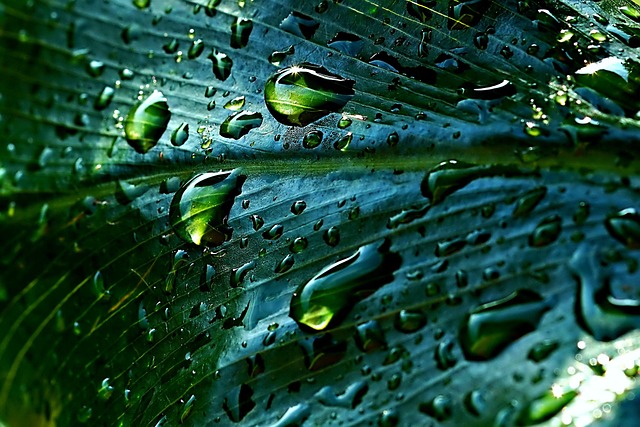Revolutionizing Renewable: Rainwater Harvesting for Sustainable Development
In a world increasingly aware of environmental challenges, the call for sustainable development resonates loud and clear. Among the myriad of green technologies available today, rainwater harvesting stands out as a deeply impactful solution that connects us to the natural water cycles of our planet.
As we strive to minimize our ecological footprint, rainwater harvesting offers a practical and effective method of resource management. By capturing and utilizing rainwater, communities can significantly reduce their dependency on traditional water sources, which are often over-exploited and diminish local ecosystems. This ancient practice, which is regaining prominence in modern society, allows individuals and organizations to become more self-sufficient, ultimately fostering stronger connections to the environment.
The concept of rainwater harvesting expands beyond merely collecting rain; it embodies a comprehensive approach to sustainable development. Implementing this green technology in urban settings can alleviate the pressure on municipal water systems, especially in regions experiencing water scarcity. When rainwater is harvested, filtered, and stored, it can be used for various purposes, from irrigation to flushing toilets, thereby increasing overall water efficiency and conservation.
Moreover, adopting rainwater harvesting systems contributes to the broader goal of achieving carbon neutrality. By reducing reliance on treated municipal water—which often involves high energy consumption in its delivery and purification—rainwater harvesting lessens the carbon emissions associated with water supply chains. Thus, making it an integral part of climate action strategies focused on reducing greenhouse gas emissions and building resilience in communities faced with climate variability.
Innovative rainwater collection systems, ranging from rooftop catchment setups to large-scale storage tanks, have made it easier than ever for anyone to join the sustainable movement. With the push towards developing smart cities, integrating sustainable water management is vital. By embedding rainwater harvesting into building codes and urban planning, municipalities can ensure that future developments are built with resilience and sustainability in mind.
Individuals can also play a part in this transformative journey. Simple rain barrels can be used to collect runoff from rooftops, providing an excellent water resource for gardens and landscaping. Educating neighbors and community members about the benefits of rainwater harvesting can enhance local knowledge and inspire collective action for sustainable practices.
Ultimately, rainwater harvesting embodies the spirit of innovation in the realm of renewable resources. As we embrace this green technology, we not only commit to reducing our ecological footprint but also cultivate a greater appreciation for the resources nature provides. Each raindrop collected is a step toward a more sustainable and balanced future, showcasing that every little action contributes to a larger movement for ecological harmony.




